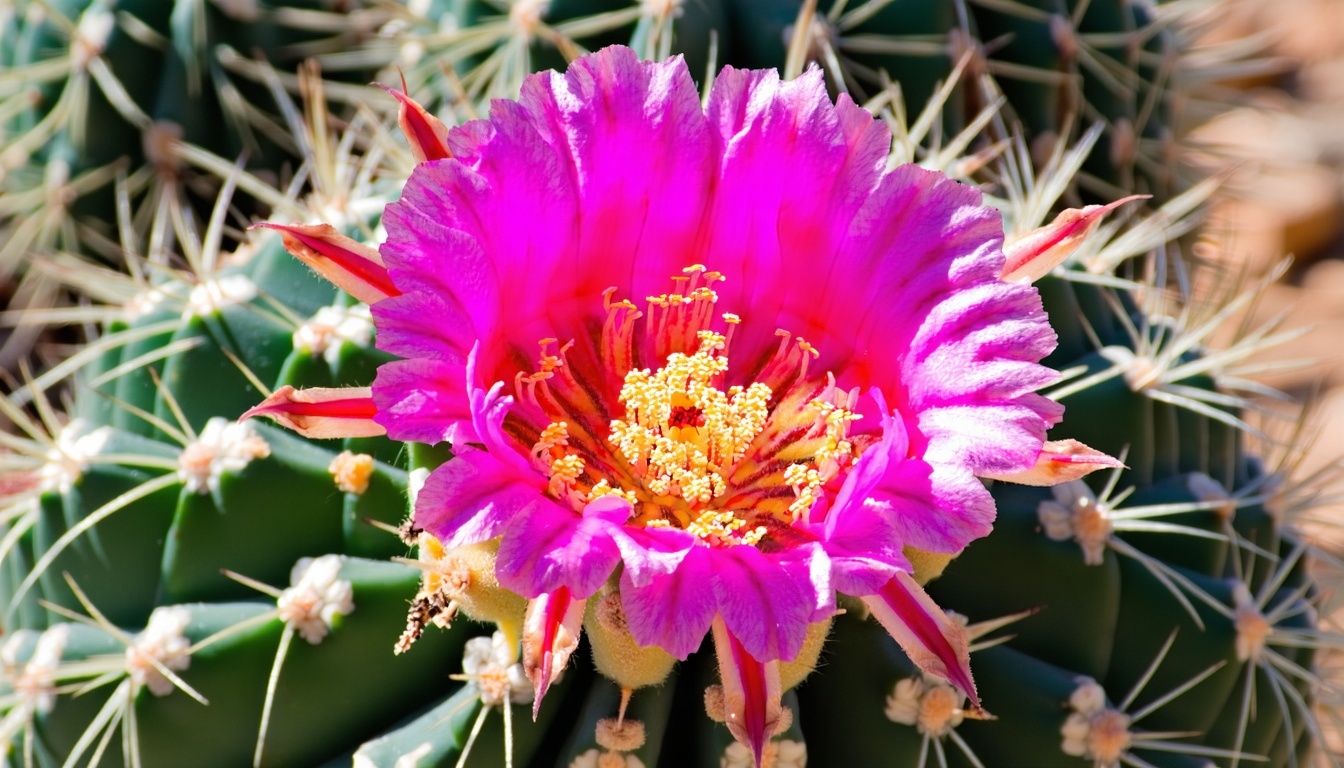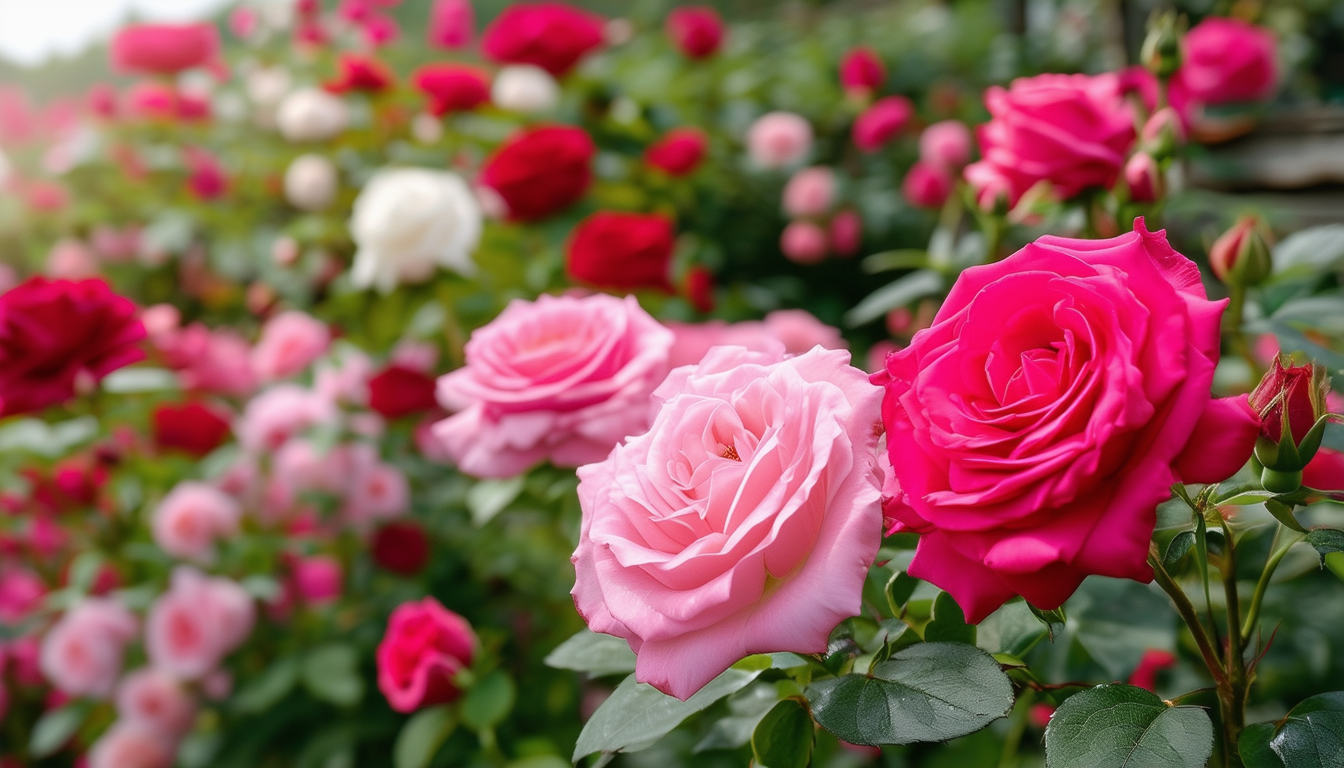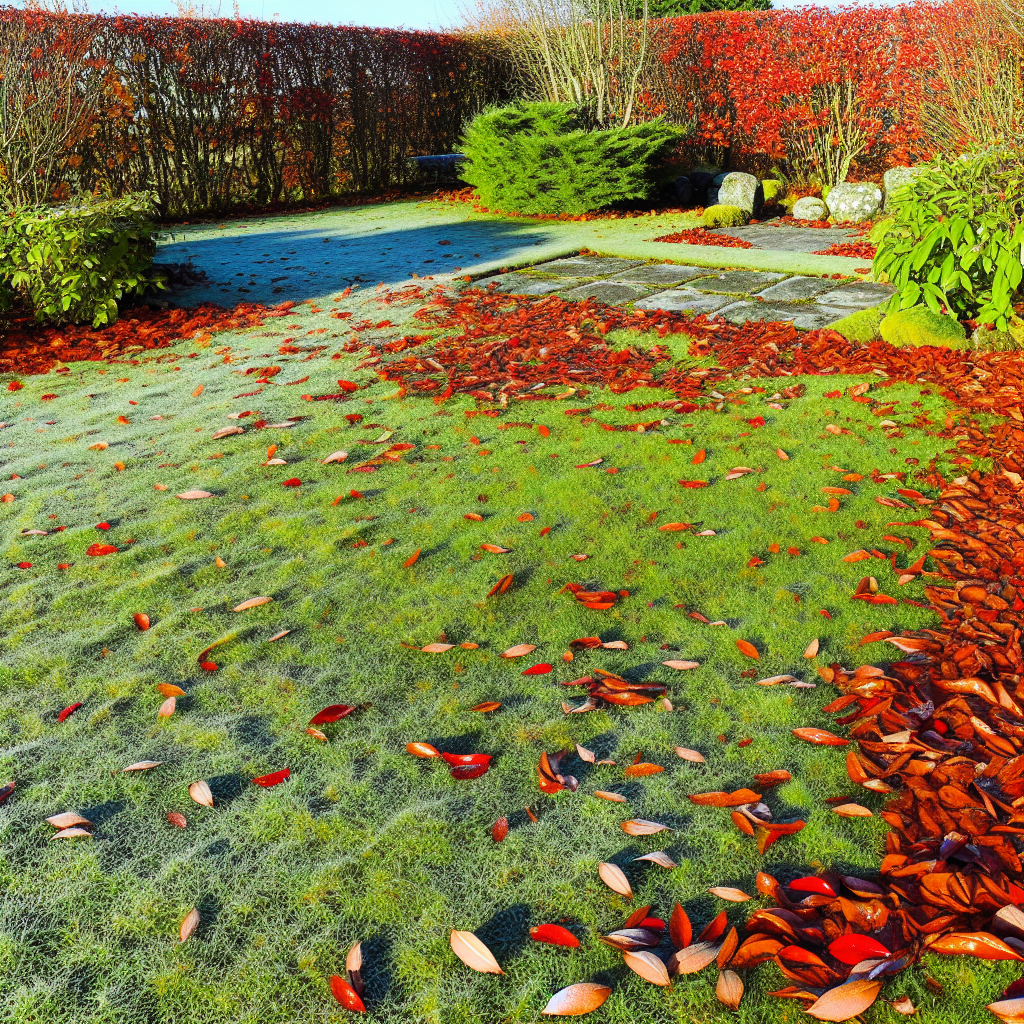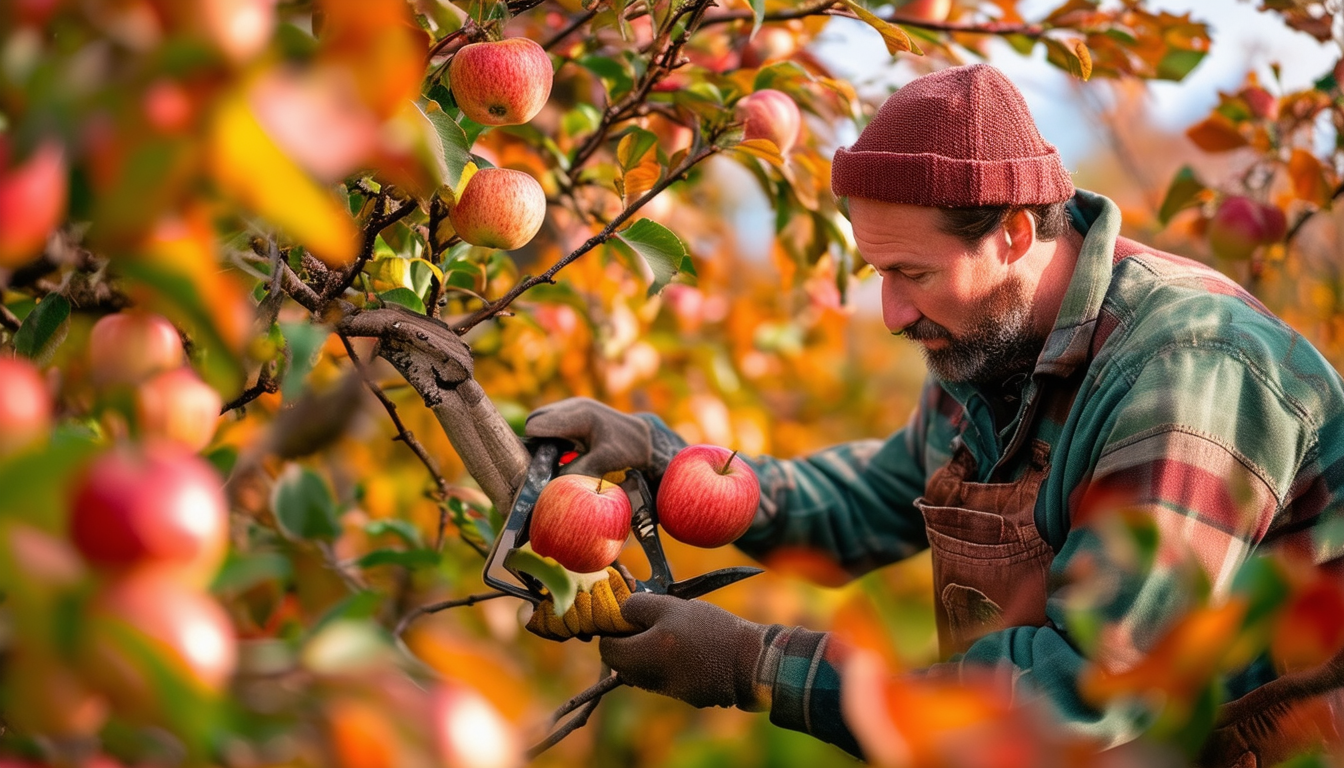
Unlock the secret to vibrant Echinopsis blooms with these essential care tips.
Intro - Understanding the Blooming Cycle of Echinopsis
Echinopsis, a genus of cacti known for their stunning blooms, follow a specific blooming cycle. Understanding this cycle is crucial for ensuring that your Echinopsis plants thrive and produce the vibrant flowers they are known for.
Typically, Echinopsis blooms in the spring and early summer. These cacti require a period of dormancy during the winter months, where they rest and prepare for the next blooming season. By understanding and supporting this natural cycle, you can help your Echinopsis plants achieve their full blooming potential.
The Importance of Proper Lighting for Echinopsis
Proper lighting is essential for Echinopsis to bloom beautifully in the spring. These cacti thrive in bright, indirect sunlight. Placing your Echinopsis in a location where it can receive at least 4-6 hours of sunlight daily is ideal.
During the winter dormancy period, it’s important to reduce the amount of light exposure slightly. This helps the plant rest and gear up for the blooming season. Using grow lights can be beneficial if natural light is insufficient, especially in regions with shorter daylight hours.
Feeding Your Echinopsis: Nutrients for Optimal Growth
Feeding your Echinopsis the right nutrients is crucial for promoting healthy blooms. Use a balanced cactus fertilizer, preferably one that is high in potassium and phosphorus, which are essential for flower production.
Fertilize your Echinopsis during the growing season, usually from spring to early summer. Avoid over-fertilizing, as this can harm the plant. A monthly feeding schedule is generally sufficient to provide the necessary nutrients for vibrant blooms.
Watering Techniques for Healthy Echinopsis Blooms
Watering correctly is key to encouraging Echinopsis blooms. During the growing season, water your Echinopsis thoroughly but allow the soil to dry out completely between waterings. This mimics their natural desert environment and prevents root rot.
In the winter months, reduce watering significantly. Echinopsis enter a dormant phase during this period and require very little water. Over-watering during dormancy can lead to root rot and other complications.
The Role of Temperature and Humidity in Bloom Production
Temperature and humidity play a significant role in the blooming cycle of Echinopsis. These cacti prefer warm temperatures during the growing season, ideally between 70-85°F (21-29°C).
During the winter dormancy period, cooler temperatures around 50-55°F (10-13°C) are beneficial. Maintaining low humidity levels is also crucial, as high humidity can lead to fungal issues. Mimicking these natural conditions will support robust bloom production in the spring.
10 Frequently Asked Questions on Encouraging Echinopsis to Bloom in Spring
How should I water my Echinopsis? Water your Echinopsis thoroughly during the growing season, allowing the soil to dry out completely between waterings. In winter, reduce watering significantly as the plant enters dormancy.
What type of soil is best for Echinopsis? Echinopsis thrives in well-draining cactus soil, which helps prevent root rot.
What kind of fertilizer should I use for Echinopsis? It's best to use a balanced cactus fertilizer high in potassium and phosphorus rather than regular houseplant fertilizer.
How much sunlight does Echinopsis need? Echinopsis needs 4-6 hours of bright, indirect sunlight daily for optimal growth.
Why isn't my Echinopsis blooming? If your Echinopsis isn't blooming, ensure it receives enough light, proper nutrients, and a period of winter dormancy.
Is it normal for Echinopsis to look shriveled in winter? Yes, it's normal for Echinopsis to look shriveled during winter as it conserves energy during dormancy.
What are the signs of too much light for Echinopsis? If your Echinopsis is getting too much light, it may show signs of sunburn, such as yellowing or browning.
Is pruning necessary for Echinopsis? Pruning is not typically necessary for Echinopsis, but you can remove dead or damaged parts to maintain its health.
Can Echinopsis be grown indoors? Echinopsis can be grown indoors if it receives adequate light and is kept in a suitable environment.
What pests affect Echinopsis and how can I manage them? Common pests affecting Echinopsis include mealybugs, spider mites, and scale insects. Regular inspection and treatment can help manage these pests.



